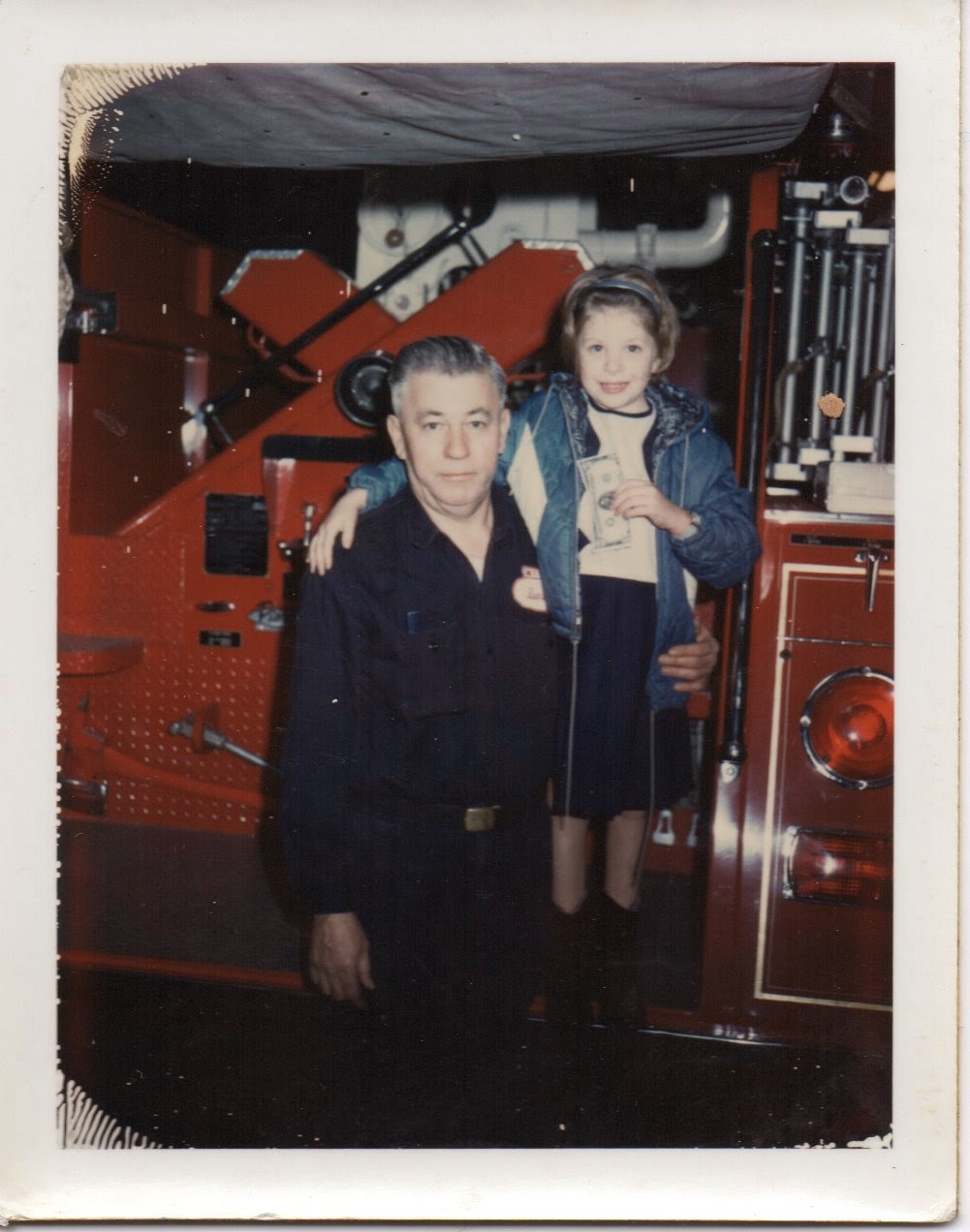"Detroit did not have to be. Detroit
is–despite every obstacle that had been thrown into its path." -Malcolm W. Bingay,
Detroit Is My Own Hometown
When I visited Detroit's John K. King Books in October, I stumbled upon
Detroit Is My Own Hometown. Published in 1946, the book is a collection of tales by former
Detroit News and
Detroit Free Press editor Malcom Bingay. The book is not really a history of Detroit or a memoir. Instead, the book reads as if someone recorded Bingay over many nights as he told stories of Detroit's most famous historical characters.
Although Bingay's writing style often feels dated, especially some racially prejudiced comments indicative of his era, he writes with an unabashed pride about the politicians, business leaders, and sports figures who helped make Detroit a metropolis that other cities envied.
His stories include Detroit's contribution to the war efforts in both World Wars, the founding of all the major automotive companies, political corruption and race riots long before the 1960s, the founding of the University of Michigan, and the construction of many of Detroit's monuments and buildings. Serious sports fans should read Chapters 12 through 15 about the Detroit Tigers' early history, including the Tigers and Chicago Cubs players likely colluding to tie game one of the 1907 World Series so that they could earn more money from gate receipts.
In the end, the book is Bingay's love letter to Detroit. His predictions of a prosperous, late 20th century Detroit turned out to be wrong, but that does not mean that his predictions cannot be realized in our near future. Several quotes from Bingay's book are inspirational reminders of what Detroit always has been and what it can still be:
A little failure in Detroit is OK, so long as we learn from it.
"Men can be trained to be inventors by the simple process of telling them that it is not a disgrace to fail. In research work there is no such thing as failure in the accepted sense of the word. If an inventor does not get what he is after by one experiment he has not failed; he has made progress." -Charles F. Kettering of General Motors
True Detroiters are not afraid of a struggle.
"The true Detroiter accepts conflict as naturally as he accepts milk from his mother's breast. It is part of his life. He yields his opinions to no man's persuasion. The pioneer cast of countenance is upon him." -Bingay
Detroit should continue to welcome new ideas today.
"The people will climb out of their troubles on a ladder of new ideas." -Kettering
Spend time in the city to feel its spirit. Don't just parachute in and take pictures of blight.
"There
is a stability and a strength of character in the town that gives it
the undertone of which you speak. Detroit is full of thoughtful,
serious-minded citizens....Hang around here long enough to meet the
folks, and you'll begin to understand. You cannot learn the real spirit
of Detroit by just stopping off between trains." -Bingay
Always carry Detroit in your heart.
"The man who does not carry his city in his heart is a spiritual starveling." -Fr. Gabriel Richard
Detroit has always been more than the auto industry.
"Detroit was a city with a soul, an identity carved and shaped from a
heroic heritage, long before the honk of the motor horn was heard on
any hill." -Bingay
An oath of office needs to mean something.
"I took an oath of office. You know what I mean? An oath! That means something to me. I have not reached the age of fifty to begin breaking my word. I'm the mayor. It's my job to protect the interests of the people the best way I can." -Mayor Hazen S. Pingree (Explaining why he ignored the wishes of his financial backers to do what was best for the people of Detroit).
Detroit has been through bad times before. It will arise.
"Blow after blow has has rained upon this city throughout its history and always it has arisen from its ashes–cleaner and finer and better because it has conquered adversity." -Bingay
Honor Detroit's past by building a better tomorrow. It is home, after all.
"This is our home: Detroit. Our beloved ones are buried in its soil.
Our children sprang from it. We are soil of this soil. Our streets are
touched with sacred memories and traditions. Our dreams of a finer life
to come are a hallowed heritage. As was written on the seal of the city
when we were in ashes: 'We hope for better days.'" -Bingay









